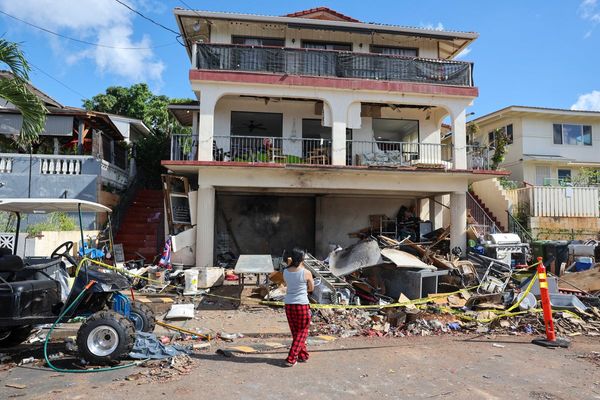Even as the efficacy of the anti-rabies vaccine currently administered in the State has been called into question, the presence of virus neutralising antibodies detected in the ante-mortem samples of blood and cerebrospinal fluid collected from the 12-year-old who died of rabies in Pathanamthitta indicates that the vaccine has indeed been effective against rabies virus, public health experts point out.
The samples were tested at the National Institute of Virology (NIV), Pune.
The RT-PCR test on the samples detected the presence of the rabies virus, while the Rapid Fluorescent Focus Inhibition test indicated the presence of rabies virus neutralising antibodies.
Wound management
“The fact that virus neutralising antibodies were found in the serum and cerebrospinal fluid samples of the child indicates that the anti-rabies vaccine had begun to work. It is, however, highly likely that the concentration of antibodies was not sufficient to resist the virus because the virus had already found its way to the nerve fibres. It again points to the nature of the wound (deep lacerated wound near the eyes) and delays in wound management (washing the wound and administering the immunoglobulin serum on wound site) as the possible vulnerabilities which might have allowed the virus an early entry into the nerve fibres,” a public health expert said.
If at all the efficacy of the biologicals is to be suspected, it is the efficacy of the immunoglobulin serum that should be confirmed, assuming that sufficient quantity of the serum was properly infiltrated into the wound. The recommended dose of rabies immunoglobulin is 20 IU/kg body weight.
Some clinicians have raised the doubt whether the antibody response or the virus neutralising antibodies detected in the samples were indeed induced by the vaccine or if it is possible that it was produced by the body in response to the virus.
“We cross-checked this with the NIV and according to the experts, in an acute disease like rabies, the neutralising antibodies present in the ante-mortem samples are unlikely to be due to wild virus because the window between disease onset in the child and her death was very short,” said T.S. Anish, Associate Professor of Community Medicine, Manjeri Government Medical College.
According to literature, even though the innate immune system recognises the rabies virus, the rabies-virus-specific immune response is triggered only when the virus infects the central nervous system. In human rabies cases, antibody responses have not been detected until several days after the development of clinical signs and symptoms. However, the majority of cases in which death of the patient has occurred have not identified a protective antibody at the site of virus replication. Hence in all likelihood, the neutralising antibodies detected in the samples of the child who died of rabies in Pathanamthitta were generated by the vaccine and not the antibody response induced by the virus.
Vaccine batch withdrawn
Meanwhile, the furore over the “low efficacy” of the vaccine has prompted the Kerala Medical Services Corporation to immediately withdraw one batch of anti-rabies vaccine (KB 210002) from hospitals and warehouses. This was also in response to the government's decision to recheck the quality of the vaccine. The government has also set up an expert committee to look into all aspects of the five human rabies deaths which occurred in the State despite the victims having been administered the anti-rabies vaccine and serum.







